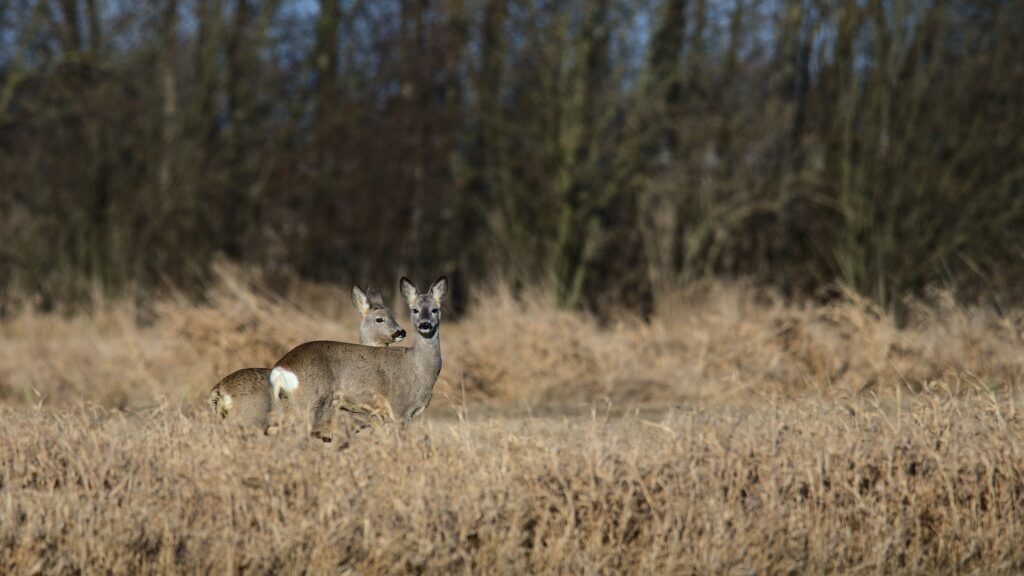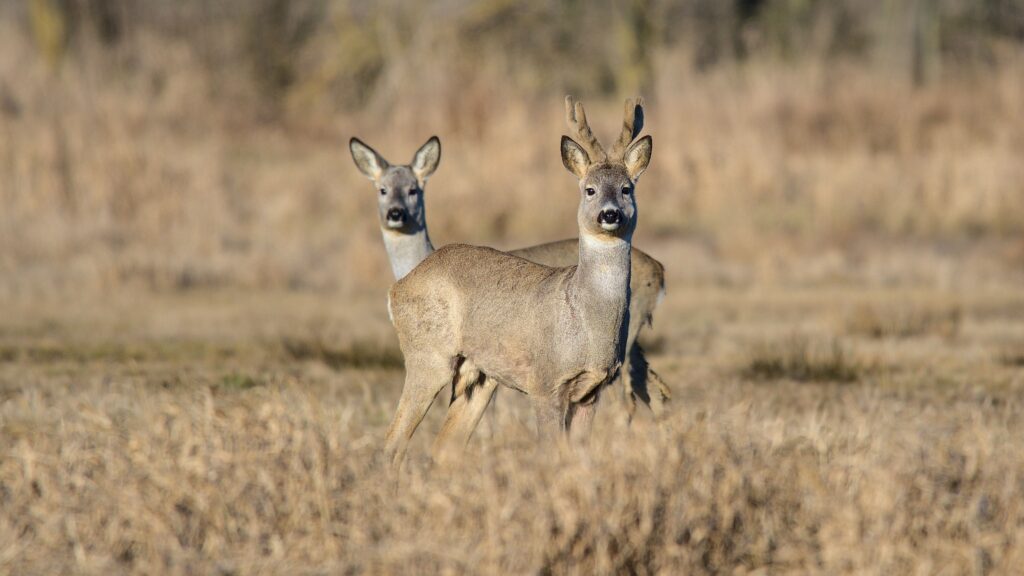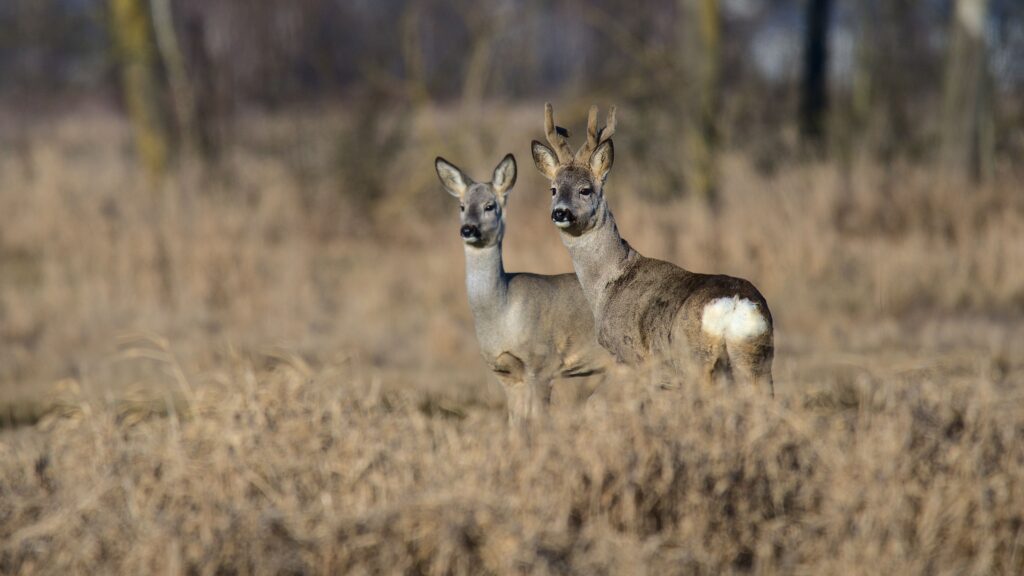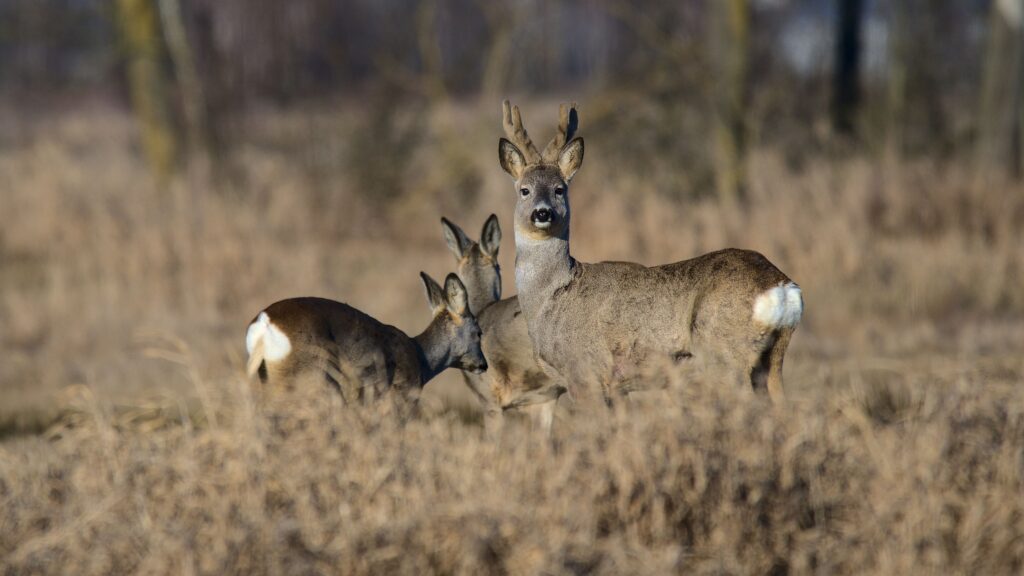M-346 up close.
Poniższe zdjęcie zrobiłem dziś ze swojego podwórka – tak nisko latali.
I took below photo from my backyard – they were flying really low.
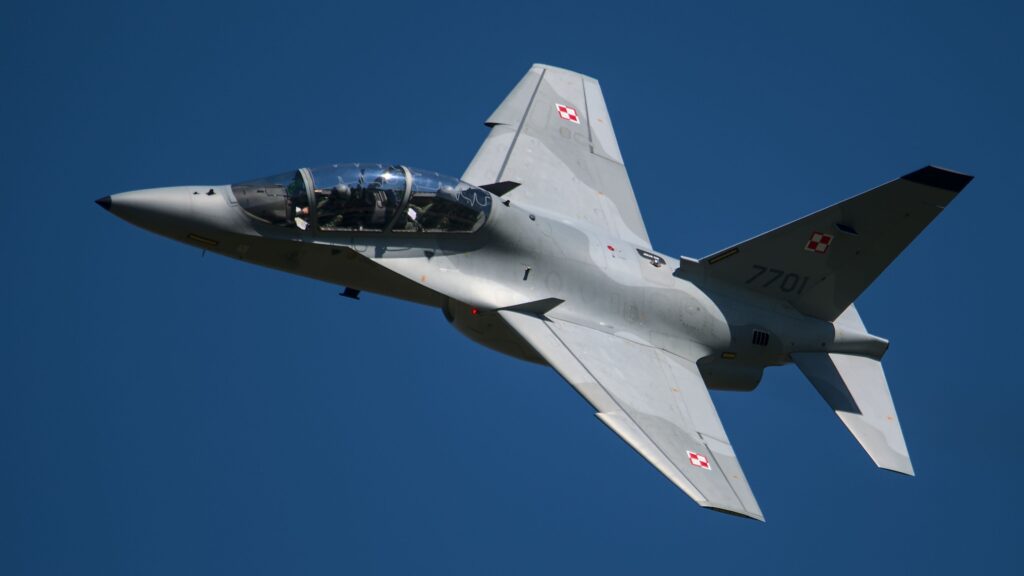
Home page of Paweł Sędrowski
M-346 with SUU-20 Pods
Kilkanaście dni temu udało mi się sfotografować M-346, który wyraźnie odróżniał się od innych – miał coś zamontowane pod skrzydłami. Na początku myślałem, że to dodatkowe zbiorniki na paliwo, ale po przyjrzeniu się zdjęciu wiedziałem, że to coś innego. Jak się okazuje to zasobniki SUU-20, a w nich, z tego co widać, znajduje się po 6 bomb ćwiczebnych. Przez chwilę już myślałem, że Polska zakupiła już M-346FA, ale to jednak nasz stary „zwykły” Bielik.
A dozen or so days ago I photographed an M-346 that looked quite different than others that I saw before – it had something mounted under the wings. At first I thought that that were external fuel tanks but after having a closer look at the photos I knew it was something different. It turned out that these are SUU-20 training bombs dispensers, with a payload of 6 bombs in each. For a while I was wondering if Poland haven’t already bought the M-346FA planes but it turns out that I saw the old „ordinary” white-tailed eagle, as Polish Air Force calls the M-346.
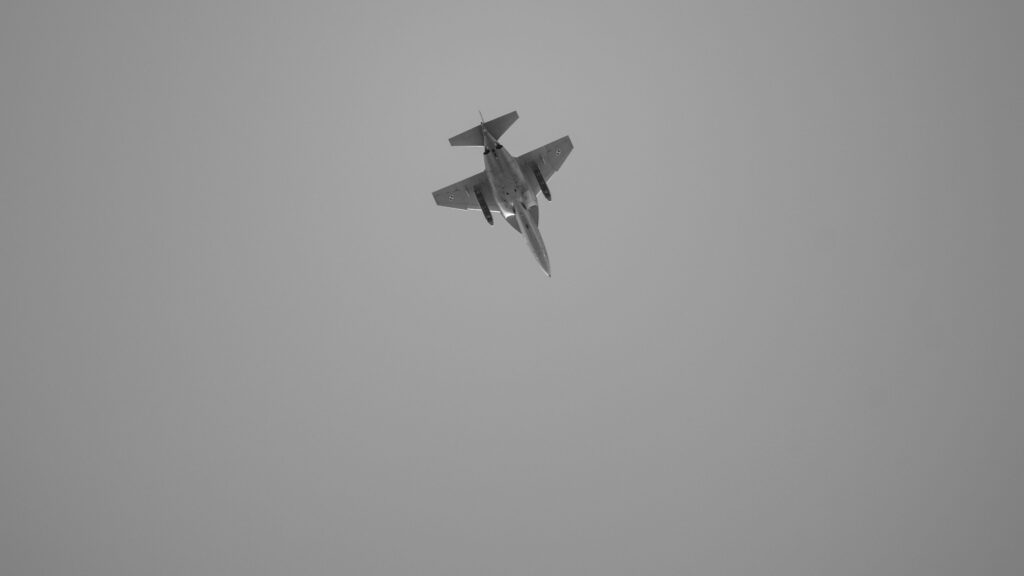
A Kestrel with a Ring.
Wczoraj oprócz błotniaków udało mi się sfotografować jeszcze samca pustułki, który siedział na słupie niedaleko Czerśli koło Łukowa. Bardzo się zdziwiłem w domu podczas przeglądania zdjęć gdy okazało się, że ptak miał obrączkę na nodze. Niestety mimo wysiłków kilu osób nie udało się jej odczytać.
Yesterday, besides the Montagu’s harriers, I photographed a male kestrel that was sitting on a pole near Czerśl near Łuków. I was very surprised, when sat in front of the computer and discovered that it had a ring on it’s leg. Unfortunately despite the efforts of a few people it couldn’t be read.
Co jest na takiej obrączce? Z tego co udało mi się ustalić to na stalowej obrączce typu „F”, czyli takiej jaką miała moja pustułka, na górze znajduje się unikalny kod składający się zazwyczaj z dwóch liter i pięciu cyfr. Pod nim znajduje się identyfikator centrali obrączkarskiej – w Polsce mamy jedną i jest to Stacja Ornitologiczna w Gdańsku. Na obrączce rzeczywiście widać w środku coś w rodzaju „ORN”. W trzecim rzędzie znajduje się identyfikator kraju – w przypadku Polski jest to „POL” co wydaje się być napisane na samym dole obrączki.
What can be found on such a ring? As far as I learned on a steel ring of type „F” – that’s the one that my kestrel had – on the top is a unique ID that usually consists of two letters and five digits. Under the ID is a name of the ringing central – in Poland we have on and it’s the Ornithological Station in Gdańsk. On the ring it actually looks like in the middle is something like „ORN”. In the third row is the identifier of the country – in case of Poland that is „POL” ant that seems to be written on the bottom of the ring.
Jak myślicie co jest na samej górze? Ja sądzę, że może to być „FR6”, ale więcej w tym zgadywania niż pewności, niestety. No i trzy znaki to trochę za mało, żeby zidentyfikować ptaka.
What do you think is on the top? I believe that it may be „FR6”, but unfortunately that is more of a wild guess than certainty. Besides that three signs is not enough to identify a bird.
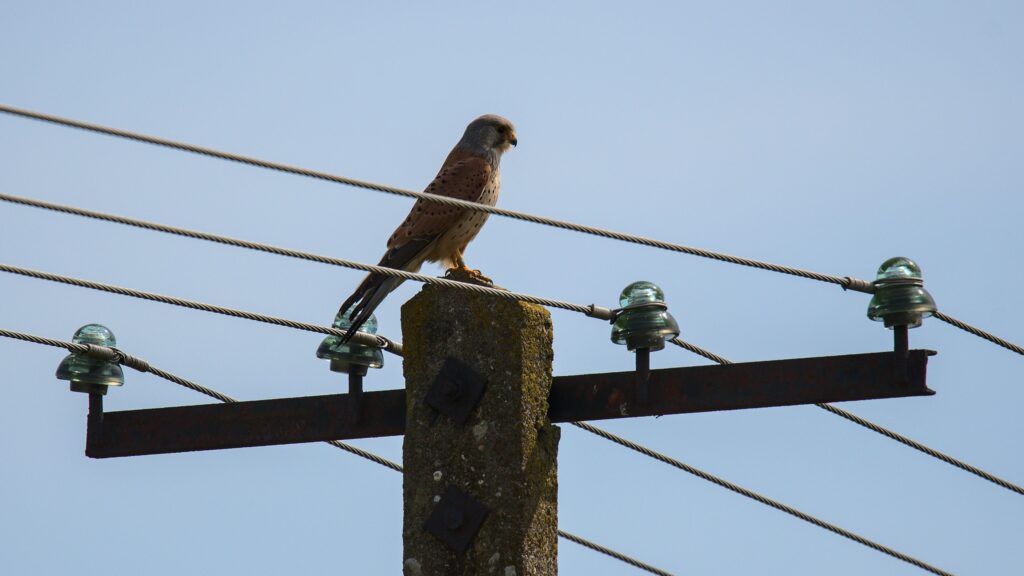
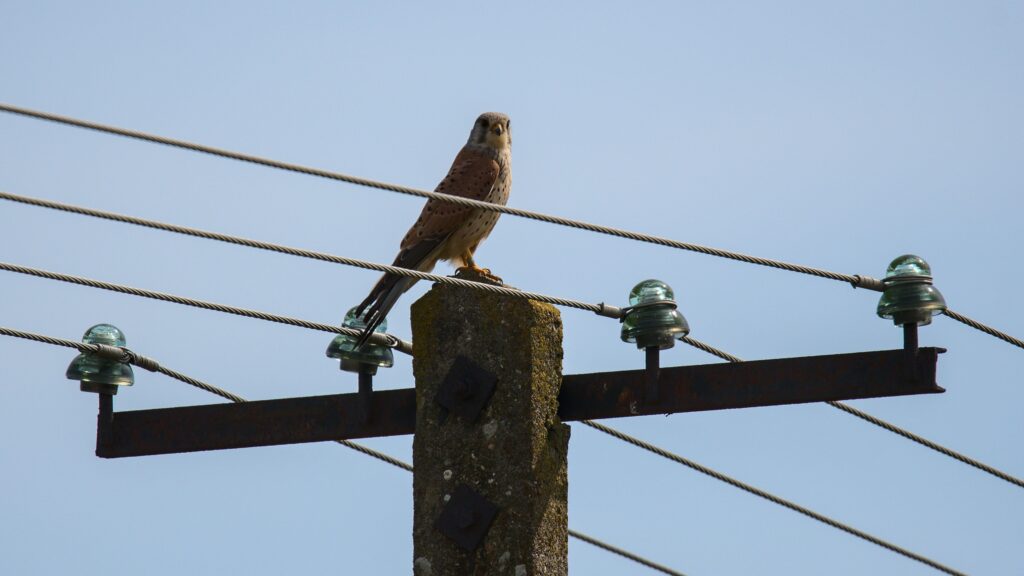
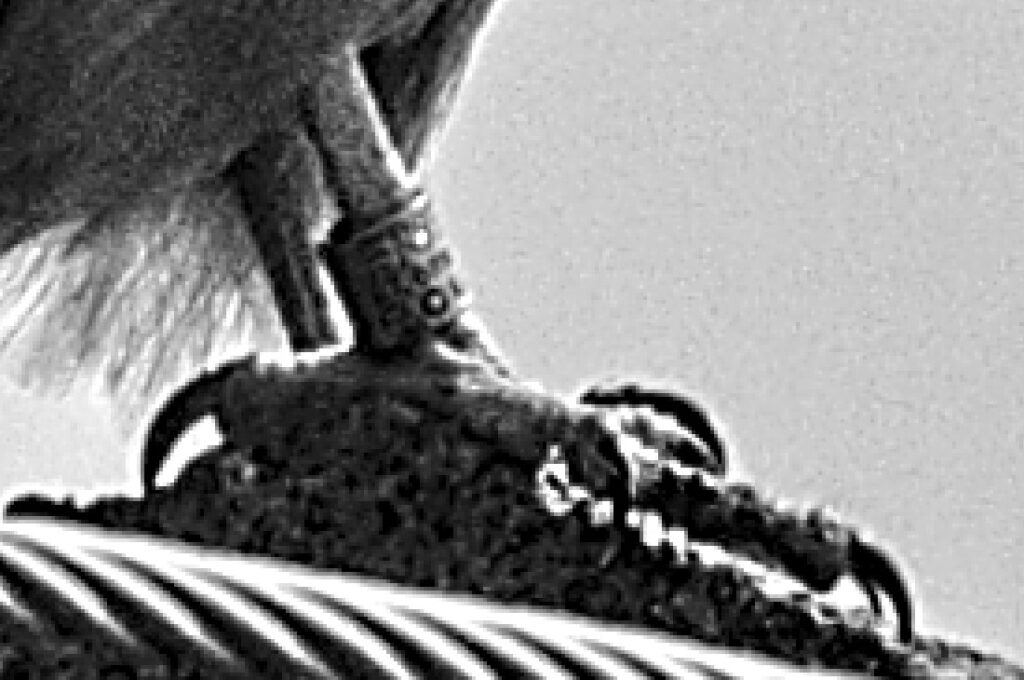
First Montagu’s Harriers.
Dzisiaj, w gminie Stanin, udało mi się potwierdzić pojawienie się pierwszych błotniaków łąkowych. Już trzy dni temu wydawało mi się, że widziałem tam jednego ptaka, ale zniknął mi tak szybko, ze nie zdążyłem się mu dobrze przyjrzeć. Dziś znalazłem samca i samicę latające bardzo blisko siebie – kto wie, może to para.
Today in the municipality of Stanin I confirmed that first Montagu’s harriers are back. I believe that saw one bird three days ago, but it disappeared so fast that I wasn’t sure. Today I found a male and female that were flying very close to each other – maybe it’s a pair.
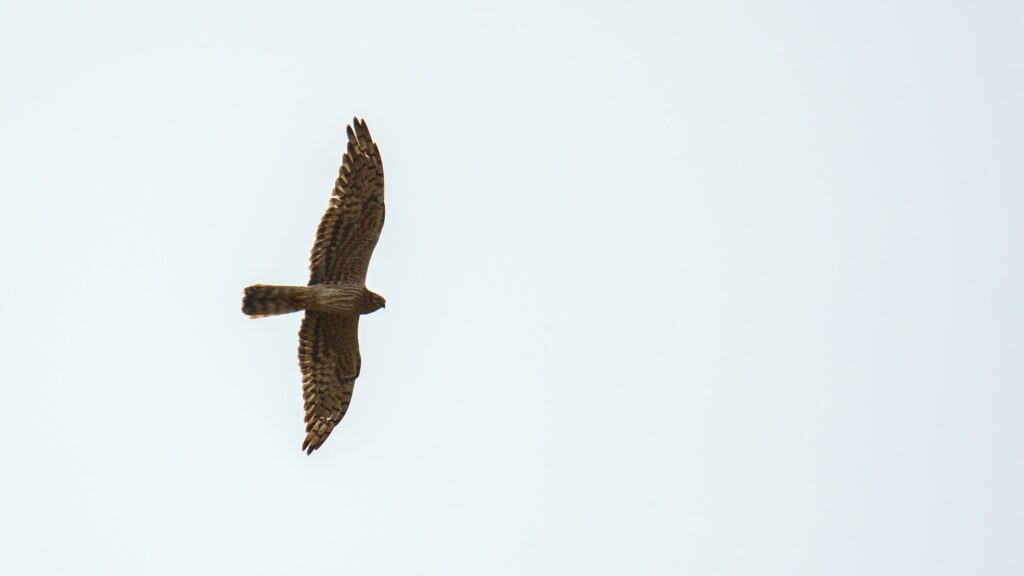
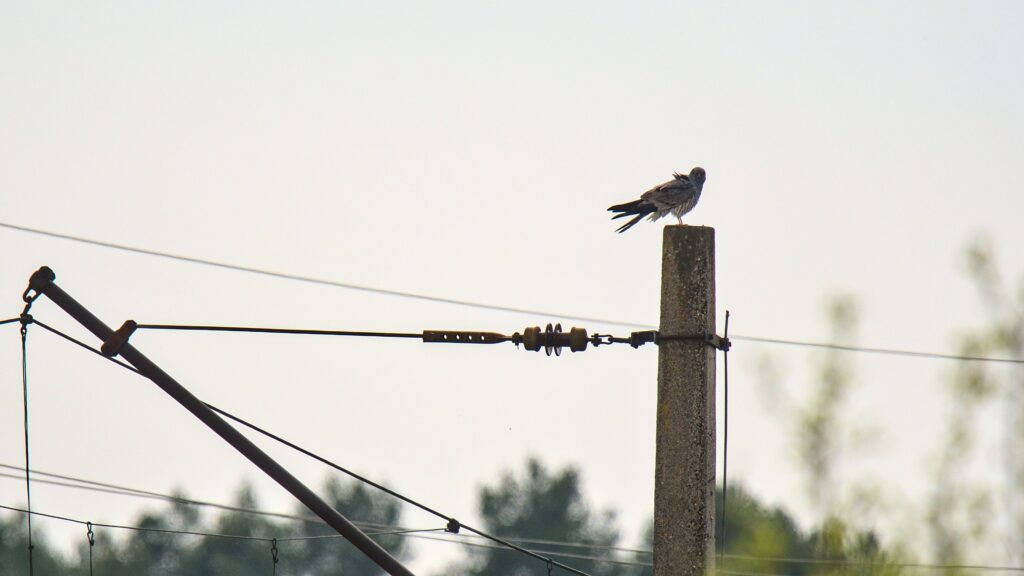
Northrop Grumman E-8 Joint Surveillance Target Attack Radar System (Joint STARS) jest samolotem służącym do rozpoznawania celów naziemnych, zarządzania polem bitwy i dowodzenia. Na zdjęciach widać nawet podłużną owiewkę z radarem pod przednią częścią kadłuba.
Northrop Grumman E-8 Joint Surveillance Target Attack Radar System (Joint STARS) is a United States Air Force airborne ground surveillance, battle management and command and control aircraft. On the photos I managed to capture the canoe-shaped radome under the forward fuselage that houses a radar.
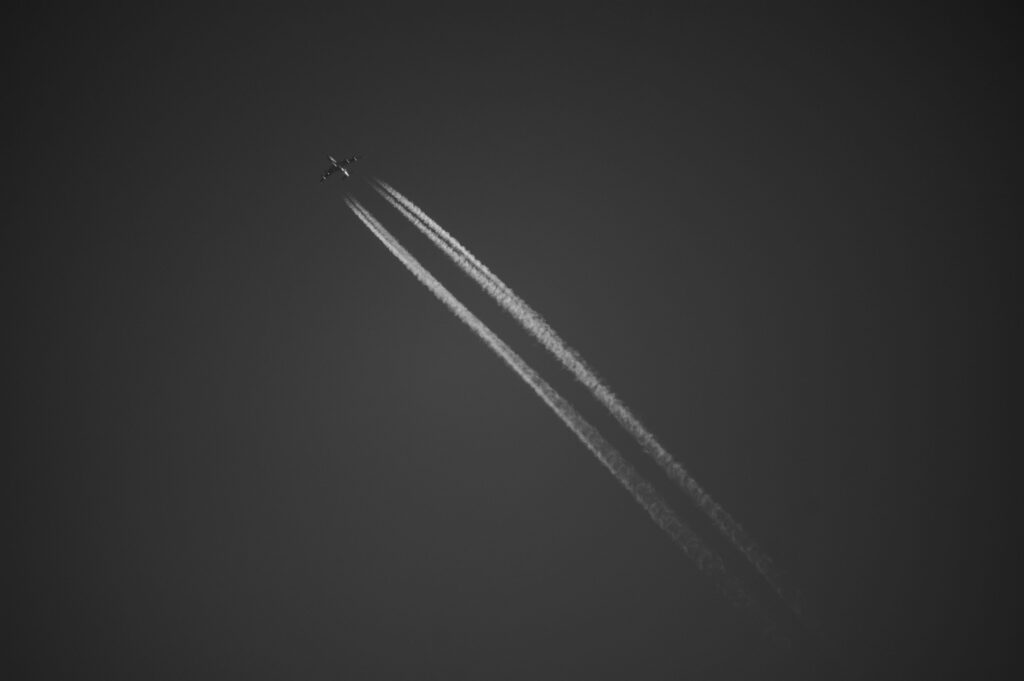
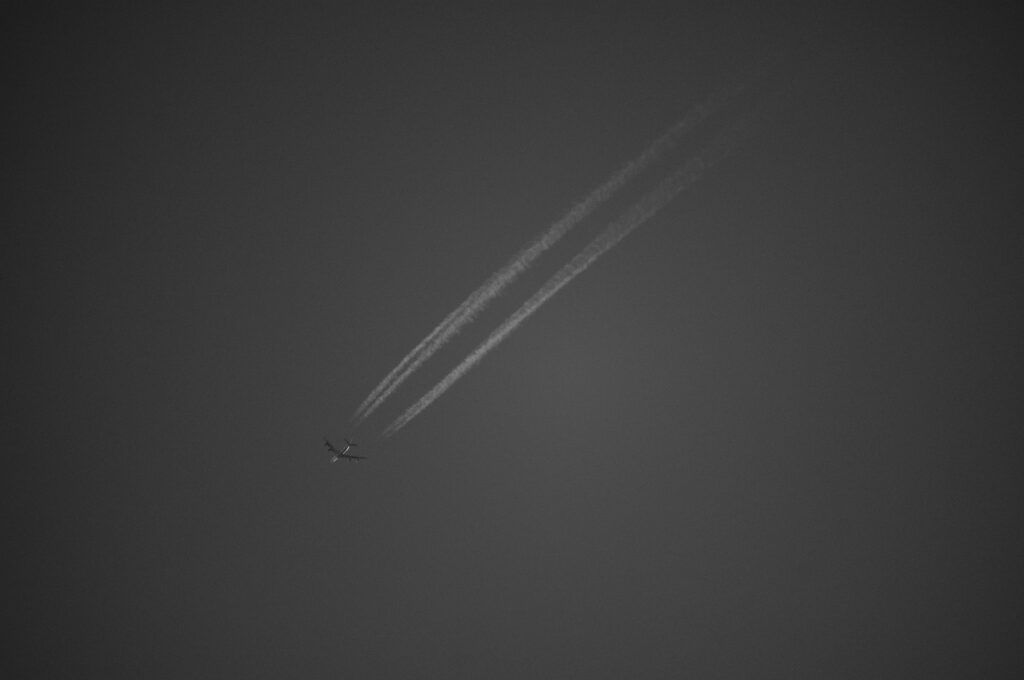
Amerykański samolot zwiadu elektronicznego Boeing RC-135W Rivet Joint, który sfotografowałem na samym początku agresji rosyjskiej na Ukrainę. Codziennie tego typu samoloty latają nad naszymi głowami, patrzą, słuchają i przekazują cenne dane mądrym ludziom, którzy następnie przekazują, co trzeba naszym dzielnym sąsiadom.
United States Air Force electronic reconnaissance plane, Boeing RC-135W Rivet Joint, that I photographed at the beginning of the Russian invasion on Ukraine. Everyday that kind of planes are flying over our heads, watching, listening and passing precious data to some smart people, that pass the relevant information to our brave neighbours.
Loty samolotów zwiadowczych można na bieżąco obserwować na portalach takich jak flightradar24. Zazwyczaj są w TOP10 najbardziej śledzonych przez użytkowników portalu.
Flights of the reconnaissance planes are visible in real time on portals like flightradar24. Usually they can be found in TOP10 most tracked flights.
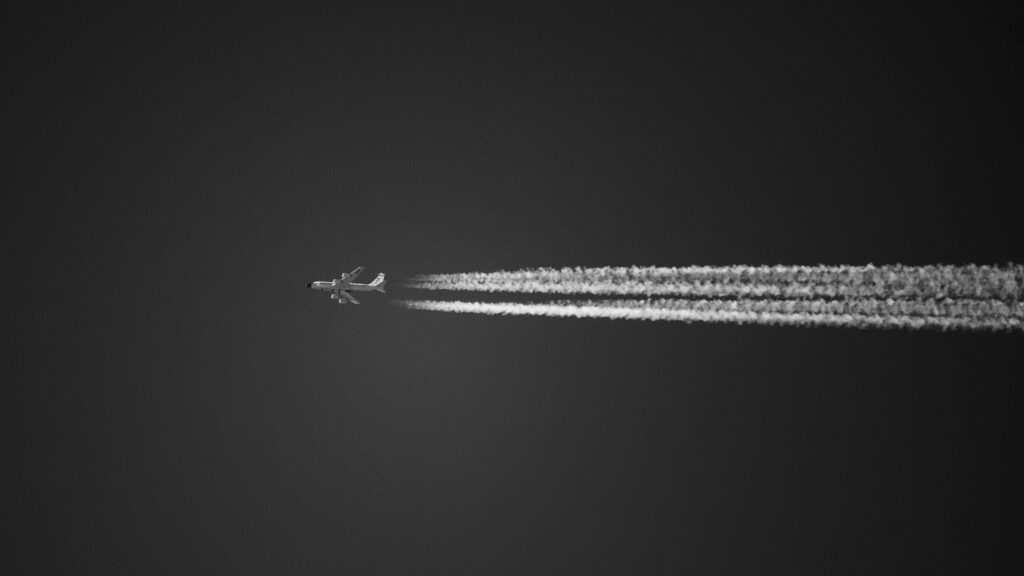
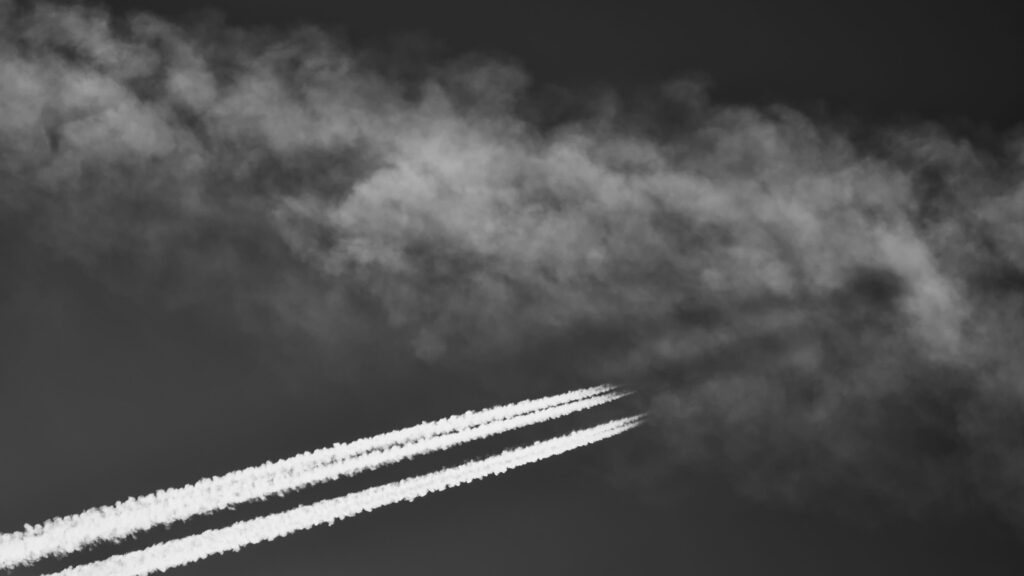
In Search of Eurasian Curlews.
Na początek uwaga – poniższy wpis zawiera zdjęcia ptasiego gniazda wraz z jajami. Jeśli to czytasz, to zakładam, że na sercu leży Ci dobro ptaków – pamiętaj zatem, aby na własną rękę nigdy nie zbliżać się do gniazd, żeby uniknąć uszkodzenia gniazda, straszenia ptaków, co może skutkować porzuceniem gniazda lub pozostawienia śladu, który może sprowadzić drapieżniki do gniazda. Poniższe zdjęcia zostały zrobione pod okiem profesjonalisty!
Let’s start with an important message – below entry includes photos of a bird nest with eggs. If you are reading this then I assume that birds well-being is important to you – please remember to never get near a nest on your own to avoid doing any damage to it, scaring the birds that may cause them to abandon the nest or leaving a trace or footprints that may lead the predators to the nest. Below photos were taken under the eye of a professional!
Ostatnio kolega, zawodowy przyrodnik, doceniając moje szczęście nowicjusza i (może odrobinkę) potęgę lustrzanki z teleobiektywem, zaprosił mnie na poszukiwanie kulików wielkich. Pogoda nie zapowiadała się zbyt fotograficznie, ale wiedziony ciekawością, nie mogłem odmówić.
Recently, a friend of mine, a professional naturalist, counting on my novice’s luck and (maybe a little bit) the might of a DSLR with a telephoto lens, invited me for a search for the Eurasian curlews. The weather was not going to be very photographic, but I was too curious to let him go without me.
Odwiedziliśmy cztery miejsca. W okolicy Wiśniewa widzieliśmy jednego kulika, ale z bardzo daleka i niestety szybko go straciliśmy z oczu. W kolejnym miejscu nie było nic, w trzecim też, ale na pocieszenie widzieliśmy trzy bieliki.
We visited four places. Near Wiśniew we saw one curlew, but from very far away and unfortunately we lost if quite fast. In the next location was nothing and in the third the same with a small consolation prize in the form of three white-tailed eagles.
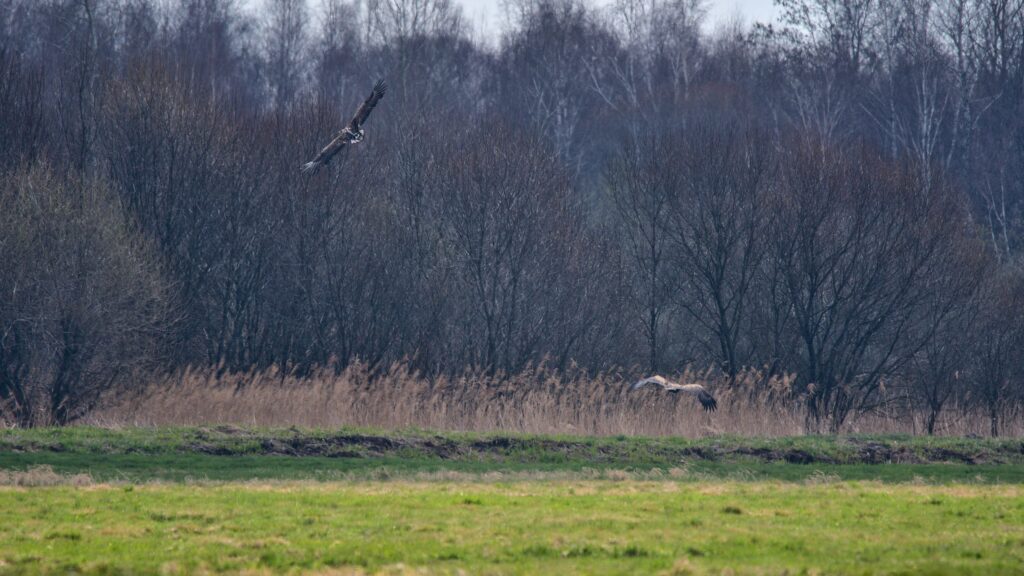
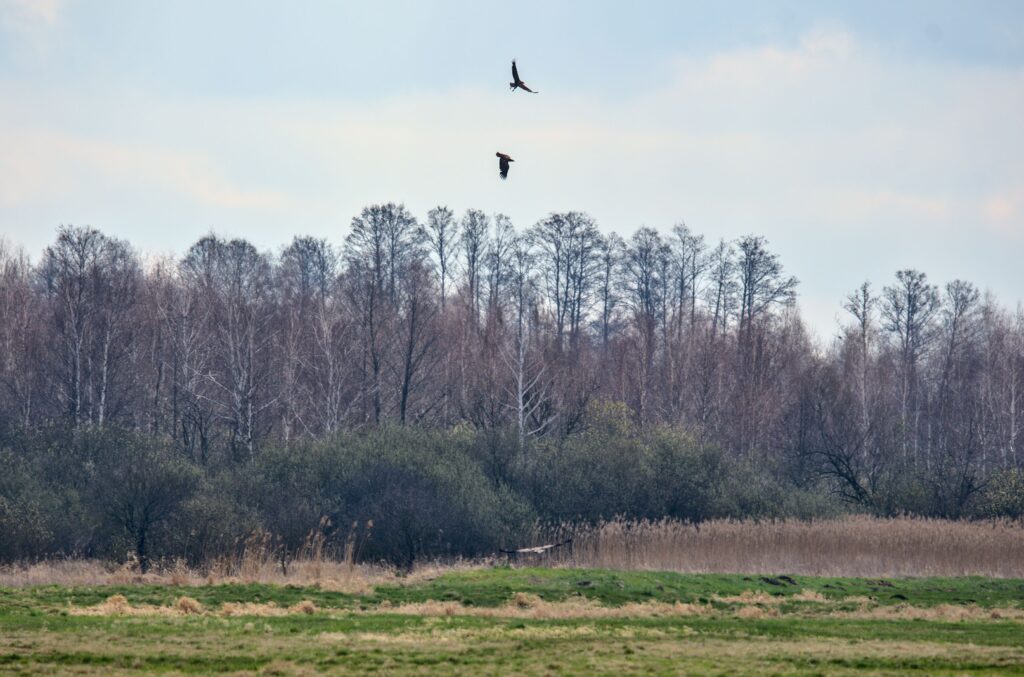
W okolicy Latowicza, podczas powolnej jazdy samochodem po polnej drodze, udało mi się wypatrzyć spacerującego po polu ptaka – szczęście nowicjusza ponownie zadziałało!
Near Latowicz, during a slow ride in a car on a field road, I spotted a bird walking on a field – my novice luck worked again!
W pewnym momencie został on wystraszony przez krążącego myszołowa, ale po chwili powrócił na pole.
At some point it got scared by a buzzard circling above, but after a moment it came back to the field.
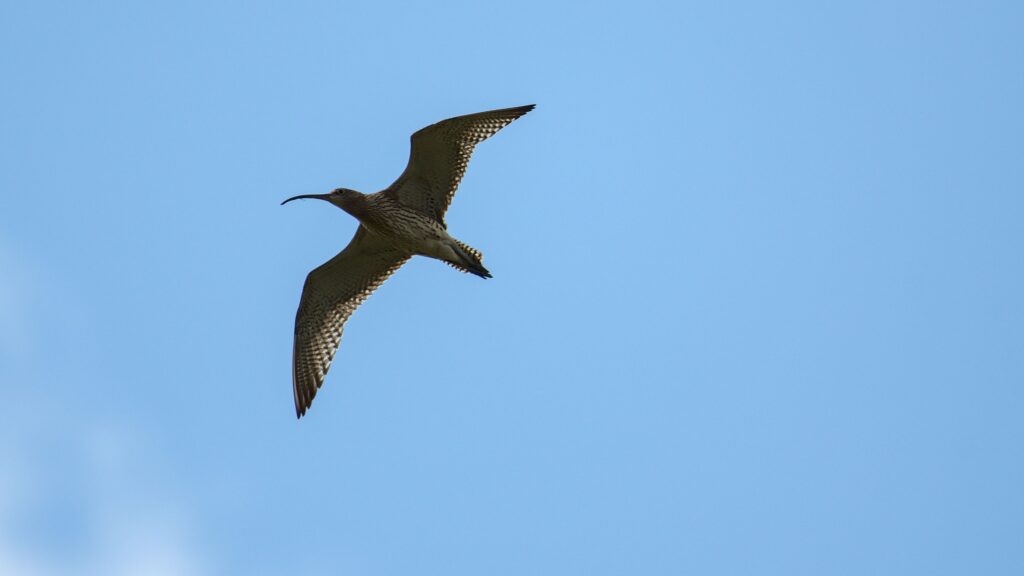
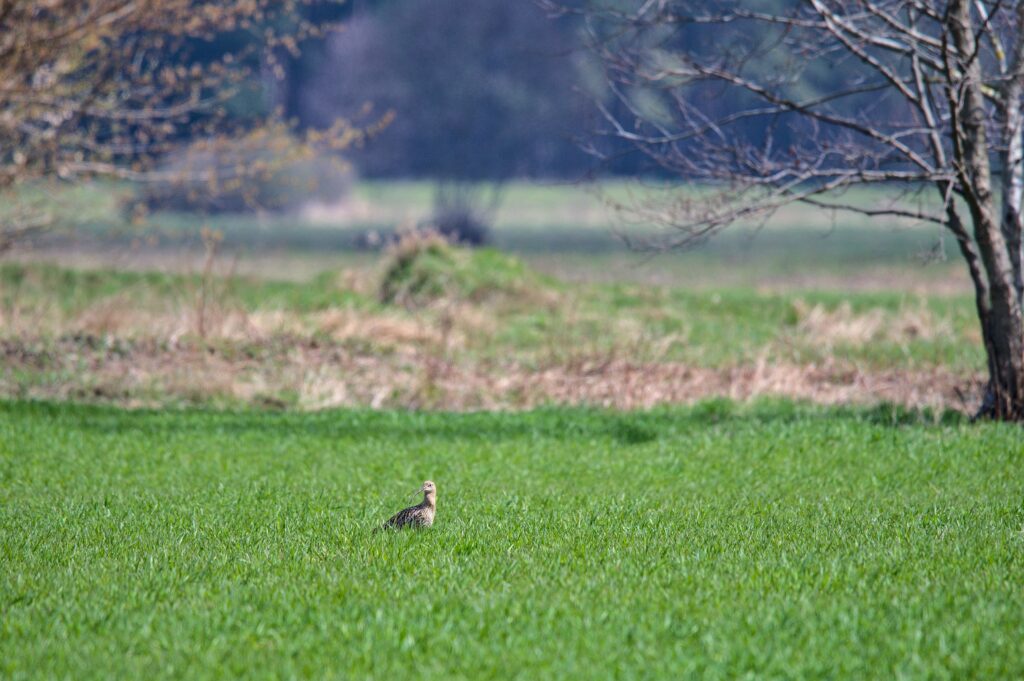
Wyglądało na to, że mamy do czynienia z samcem, a mój kolega zaczął zastanawiać się czy przypadkiem nie ma w okolicy samicy w gnieździe. Po długim przeczesywaniu okolicy lornetkami, znalazł ledwie wystającą z trawy głowę.
It seemed that we were dealing with a male and my friend started wondering if there is a female in a nest nearby. After long search with the use of binoculars, he spotted a head in the grass.
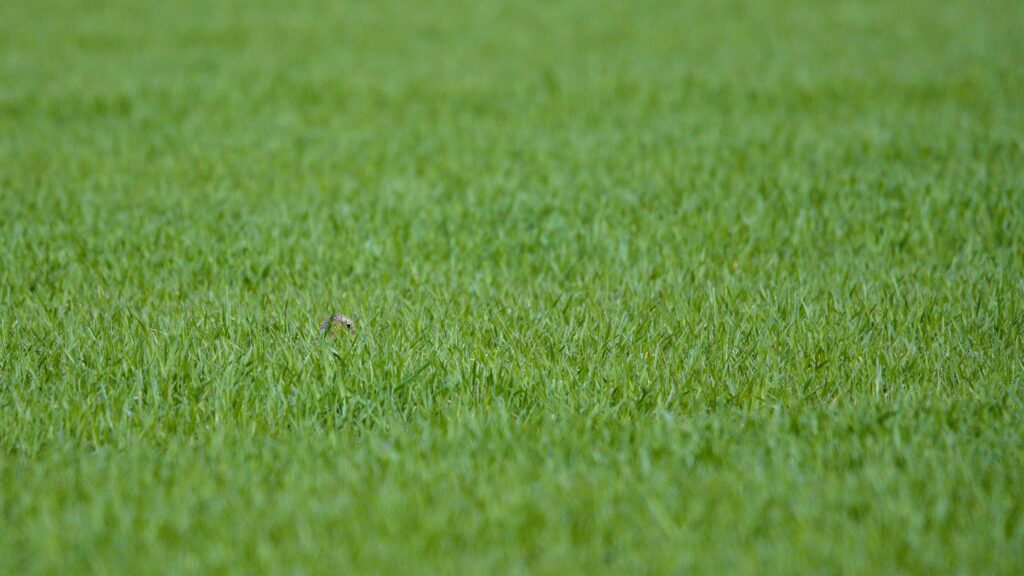
Okazało się, że była zaledwie jakieś 10 metrów od nas. Ptak wyraźnie poprawiał gniazdo lub jajka. Byliśmy pewni, że udało nam się znaleźć gniazdo! Poczekaliśmy aż samica zejdzie z gniazda i udaliśmy się do niego, uważając, żeby nie wydeptać ścieżek w polu, które mogłyby doprowadzić drapieżniki do jaj.
It turned out that the female was only about 10 meters away from us. The bird was most probably amending the nest or the eggs. We were sure now that we found the nest! We waited until the female decided to leave the nest and we went to it trying not to create any paths in the field that could lead any predators to the eggs.

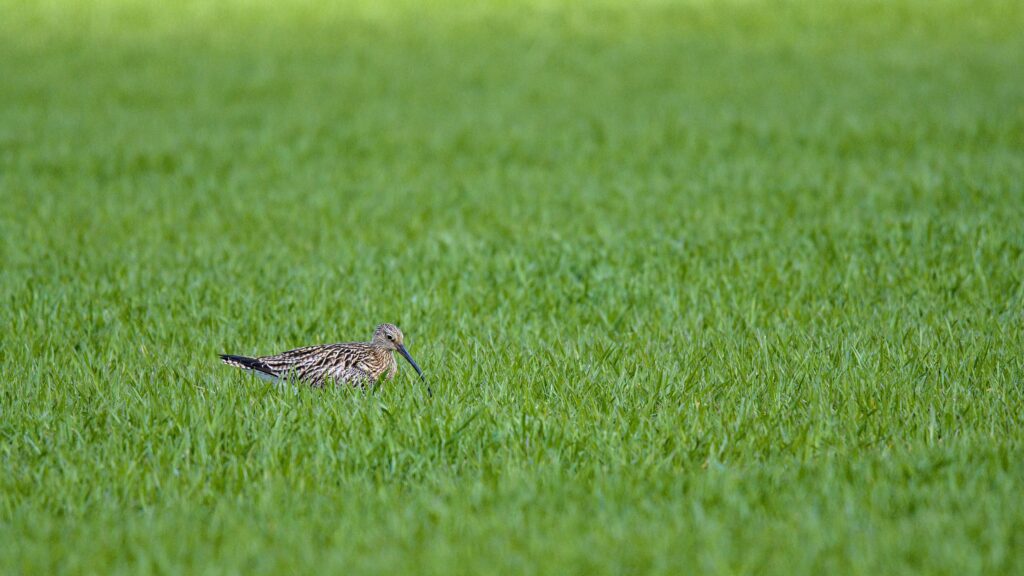
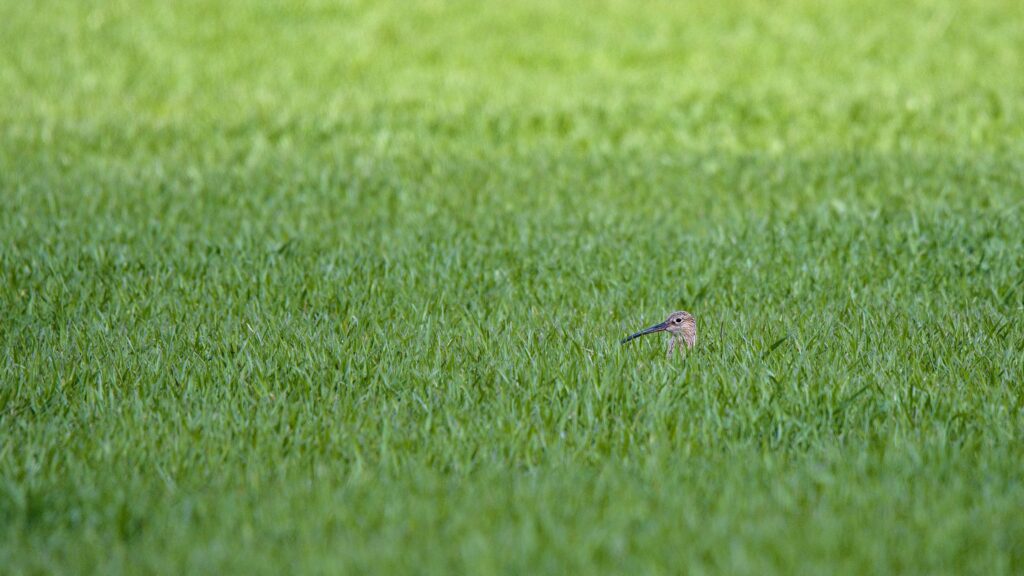
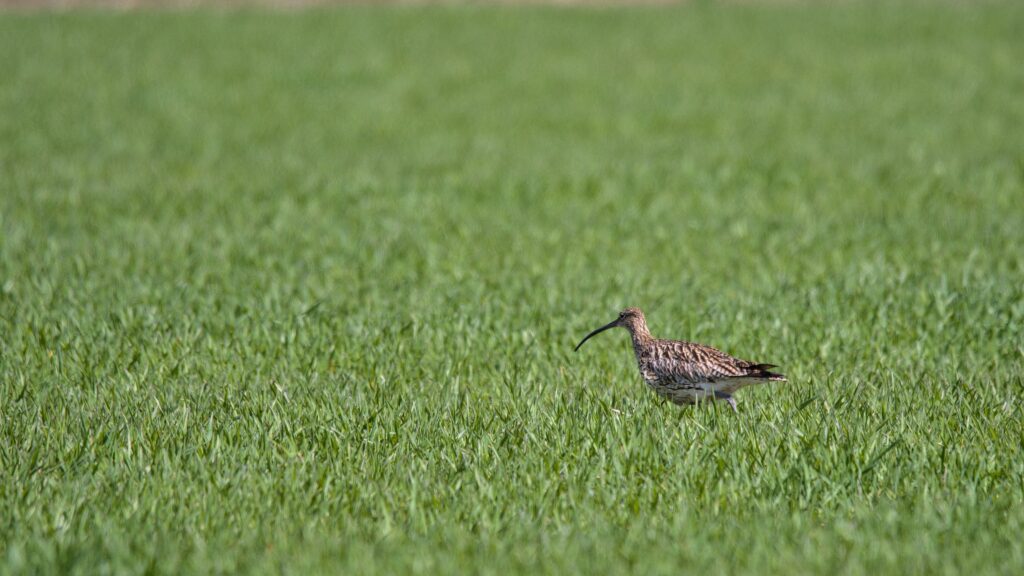
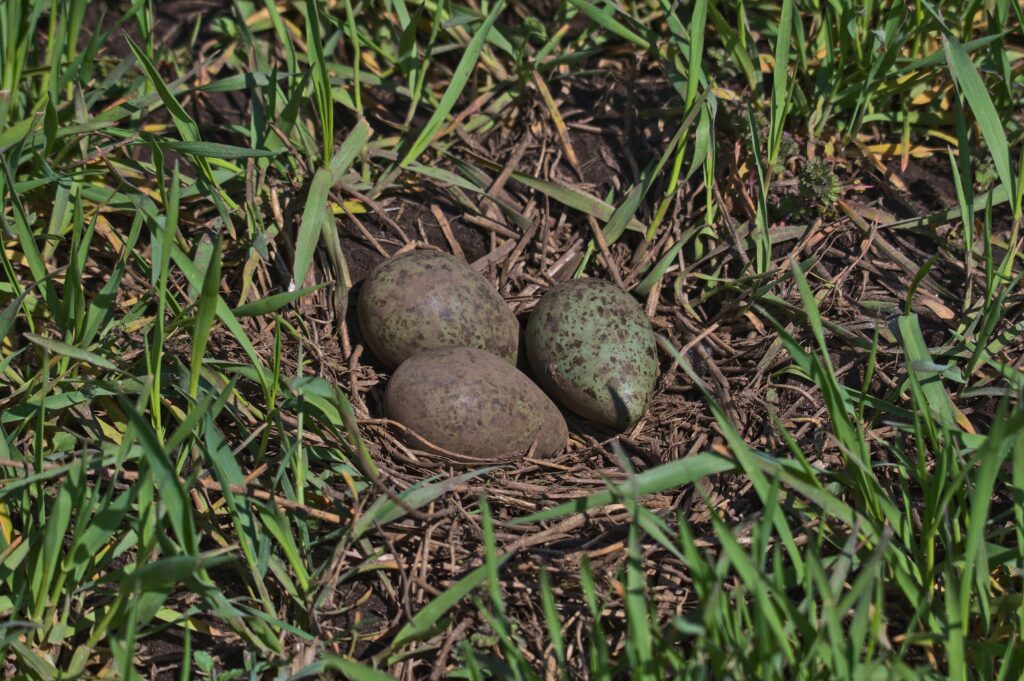
Jak widzicie, w gnieździe znajdowały się trzy jaja. Kuliki przeważnie składają cztery, więc w ciągu paru dni powinno pojawić się kolejne. Kolega przewidywał, że prawdopodobieństwo sukcesu lęgowego w takim miejscu jest nikłe. Gniazdo znajdowało się w zbożu, zaledwie kilka metrów od drogi. Za każdym razem, gdy ktoś z okolicznych domostw będzie szedł drogą, ptaki będą schodziły z gniazda, przez co będą doskonale widoczne dla gniazdujących nieopodal wron, a także innych drapieżników będących w okolicy.
As you can see we found three eggs. Curlews usually lay four, so in the following few days a fourth egg was expected. My colleague was saying that the probability of a breading success in such a place was extremely low. The nest was located in crops only a few meters from a road. Every time someone from the nearby houses would walk the road the birds would leave the nest and that would be a clear sign of a meal to the crows nesting nearby – or any other predators in the area.
Jak w takim wypadku można zwiększyć szanse na to, że przynajmniej część młodych przeżyje? Najlepiej jest poczekać aż pojawi się czwarte jajo i wtedy dwa z nich zabrać do inkubatora. Ptaki dwóch pozostałych jaj nie porzucą, a my mamy niemal pewność, że przynajmniej dwa młode przeżyją i trafią na wolność. Czy ostatecznie takie rozwiązanie zostało wybrane, na moment pisania tego wpisu, nie wiem.
What can be done to increase chances of at least a part of the young to survive? It’s best to wait till the fourth egg appears and then take two if them into an incubator. The birds will not abandon two remaining eggs and we will be almost sure that at least two birds will live to find freedom after a few weeks. Till the moment of writing this I was not aware it this solution was chosen.
Mallards.
Zerknijcie na poniższe zdjęcia krzyżówek, jakie udało mi się zrobić w lutym. Kolorowe samce szybko przyciągają wzrok, prawda? A ile czasu zajęło Wam zauważenie samicy?
Have a look at the below photos of mallards that I took in February. Colourful males attract the eye very quickly, don’t they? And how much it took you to spot a female?
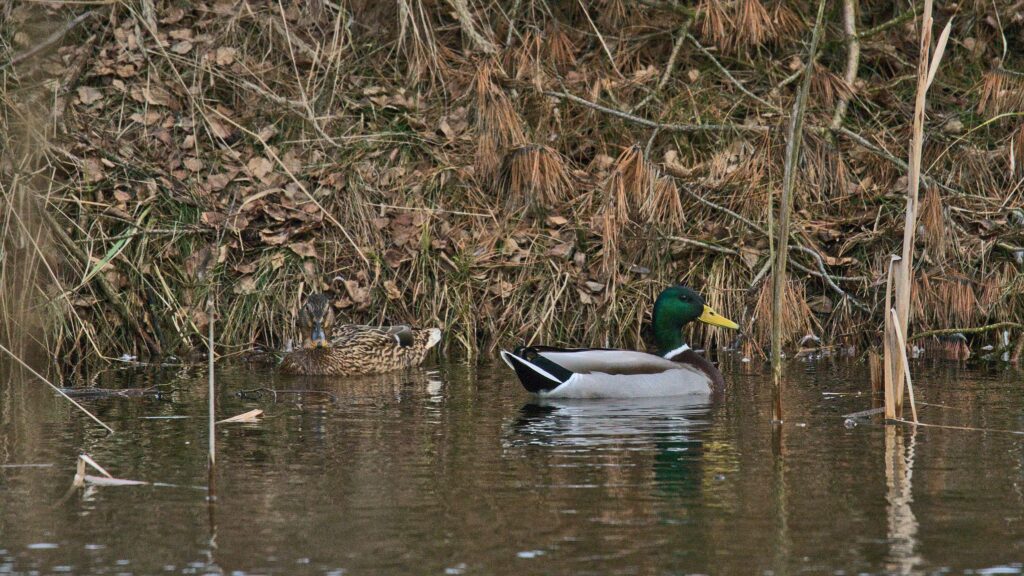
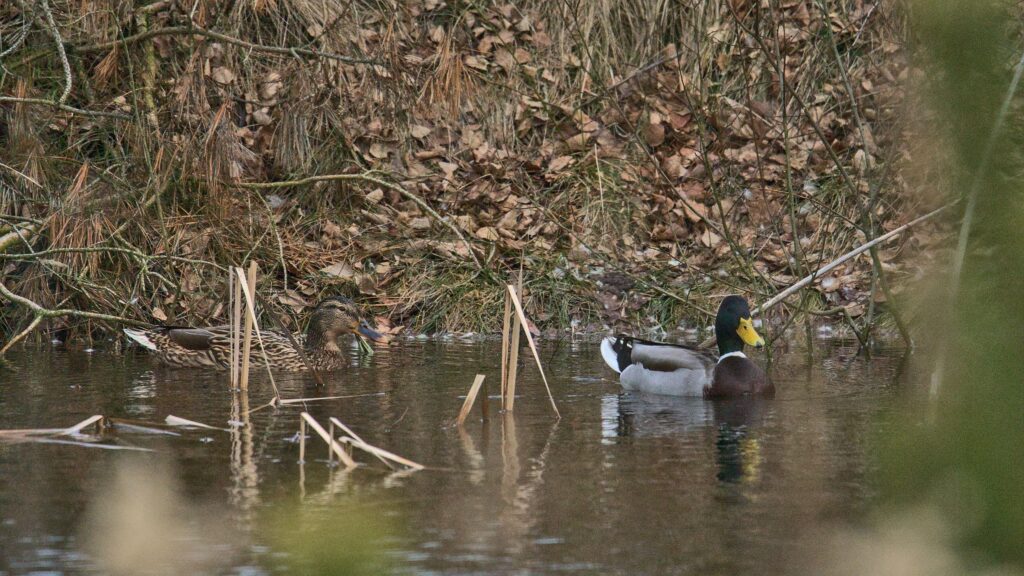
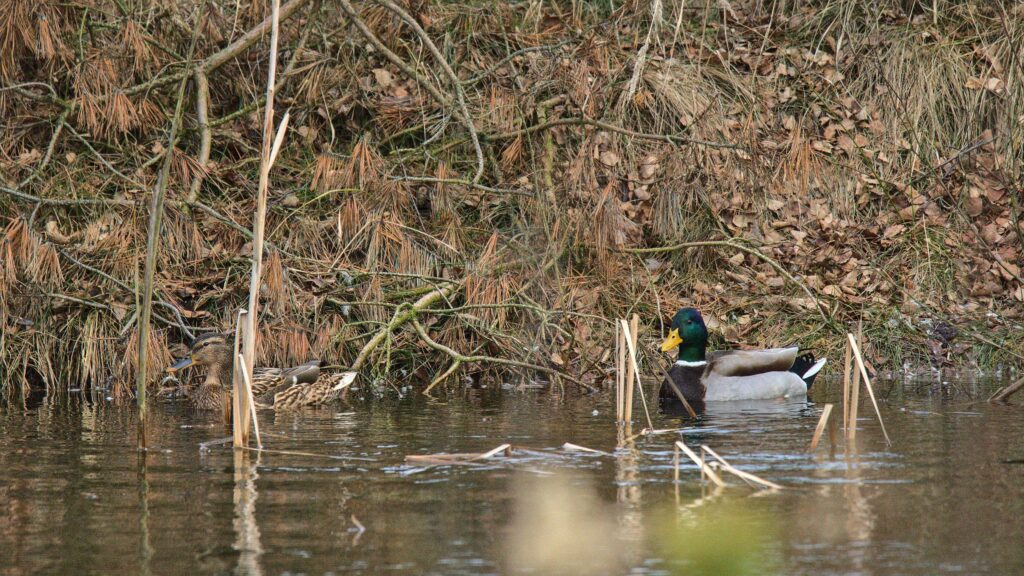
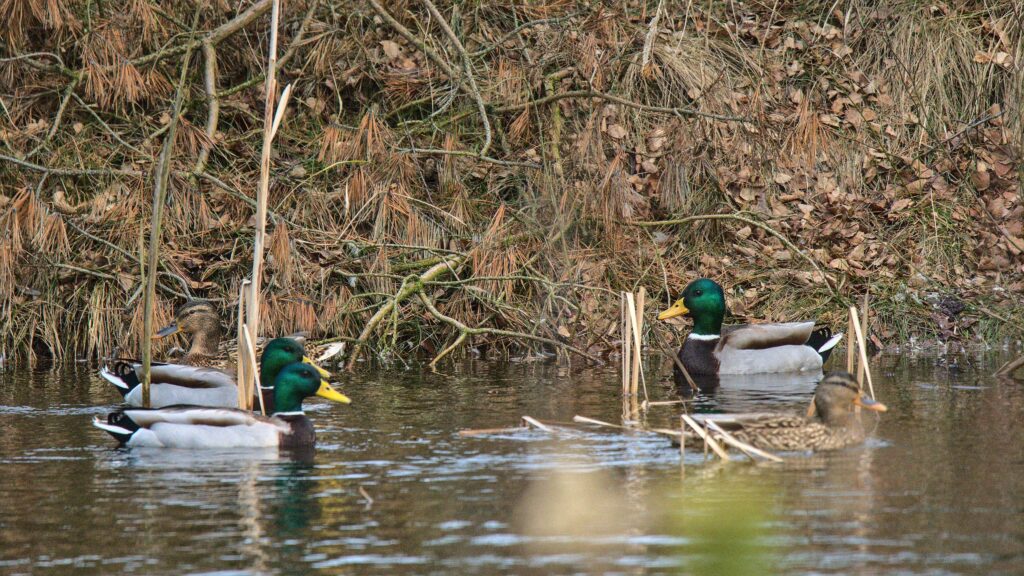
Roes Up Close.
W ostatni czwartek, podczas spaceru, spotkałem stado saren. Ku mojemu wielkiemu zdziwieniu udało mi się podejść do nich bardzo blisko. Chylące się ku horyzontowi słońce miałem dość nisko za plecami, a jednocześnie wiatr wiał od stada w moją stronę. Okazało się, że to wystarczyło, żeby bez jakiejkolwiek osłony podejść do saren na odległość mniej więcej 50 metrów. Może trochę mniejszą. Jak widać na zdjęciach zwierzaki uważnie patrzyły w moją stronę, przypuszczalnie słysząc migawkę, ale nie uciekały. Dopiero gdy zacząłem się wycofywać zostałem zauważony i stadko odbiegło kilkaset metrów dalej.
Last Thursday, during a walk, I met a herd of roe deer. To my great surprise I managed to get to them very close. The sun that was already getting low, was low behind my back and the wind was blowing from the direction of the roes to me. It turned out that it was enough to get as close as 50 meters (maybe a bit less) to the herd without hiding behind anything. As you can see on the photos the animals were looking in my direction as they probably heard the shutter clicking but were not running away. Only after I started to move away when I was spotted and the herd run several hundred meters away.
